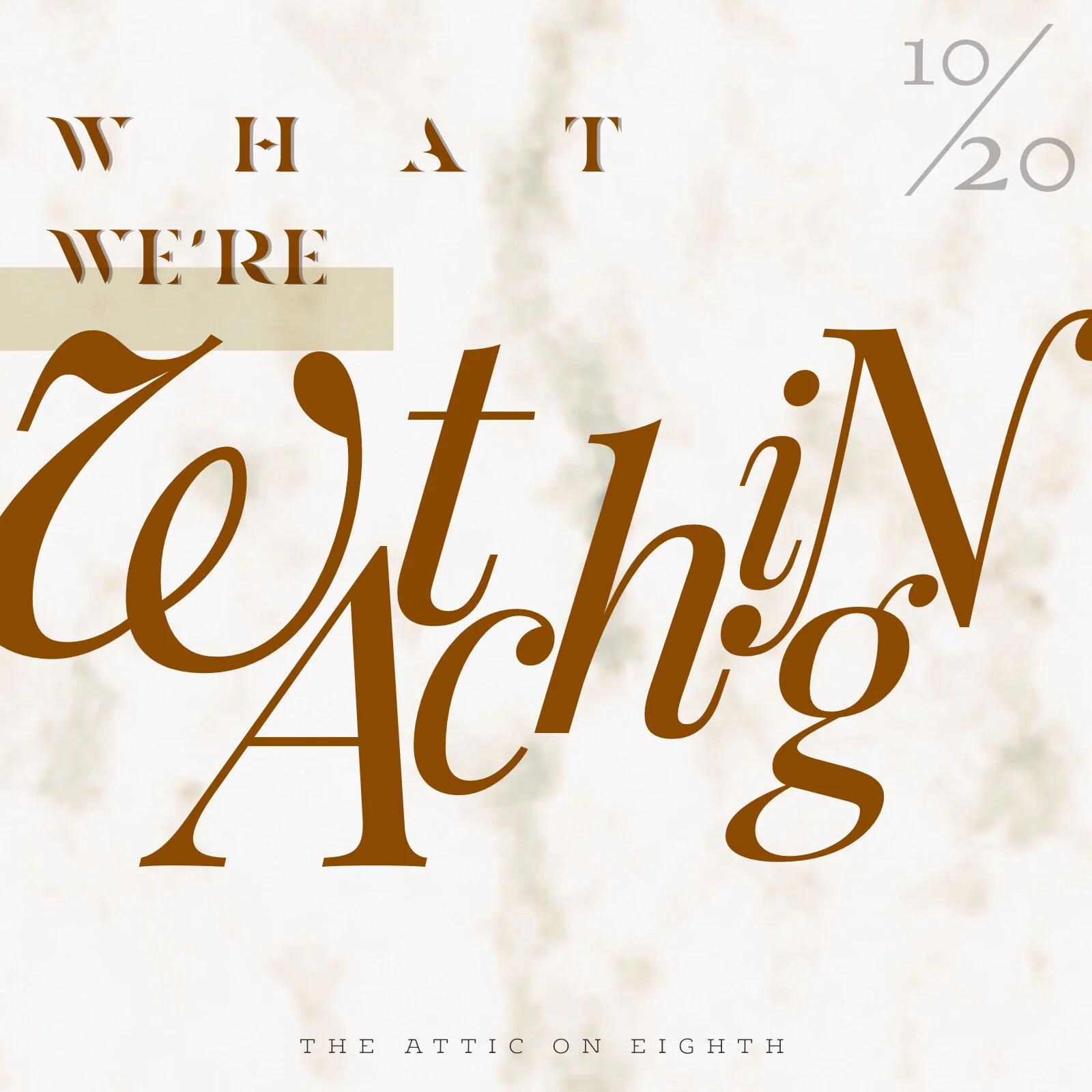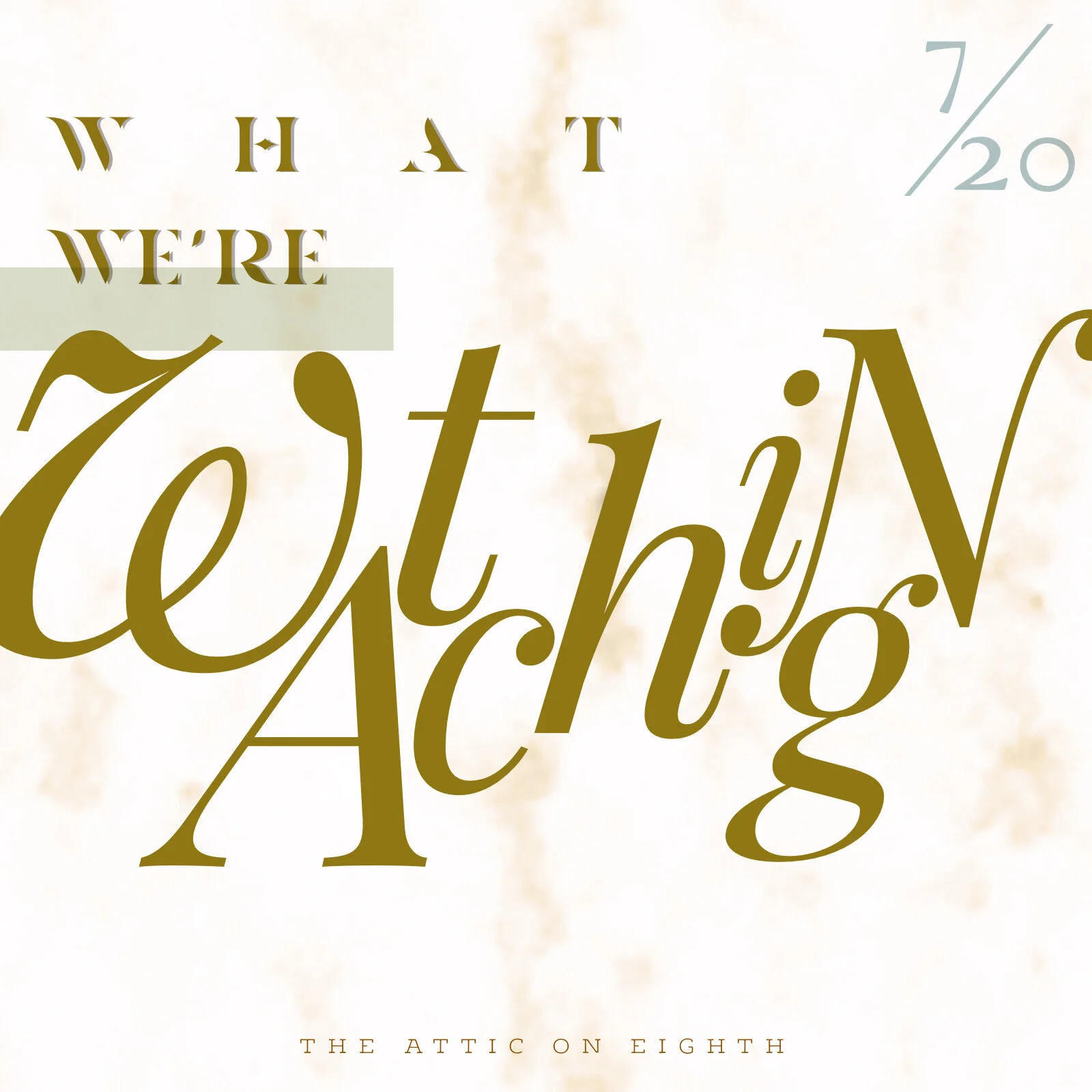On Midsommar
All my life, I’ve railed against the typical Aquarius stereotype. Both my Sun and Moon signs are in Aquarius, which in technical astrological terms is known as a “double-whammy.” In a recent rant against the musical Hair (1979), a friend pointed out my recent revelation that if I found out that my husband were an alien, making our children alien/human hybrids, I wouldn’t really mind and probably wouldn’t be all that surprised. Consider me dragged.
One standard Aquarius quality I’ll accept is that, in my brief 27-year life span in this particular physical vessel, I’ve been open to many experiences. Some have been good, some haven’t been so good. For a couple of years as a child, I attended an alternative education school in which I failed juggling and therefore didn’t last. Later at an all-women’s herbal conference with my Wiccan priestess cousin, I participated in a sweat lodge that was good for my skin, but prompted no life-changing epiphanies. Those would come later, when I accidentally took THC instead of CBD and watched The Shining (1980) for the twentieth time. Still, when Salem, Massachusetts’s premiere millennial witch shop Hauswitch started hosting events, my coven (roommates) and I were immediately on board. I even consulted with one of the amazing witches-in-residence at Howl Content who helped me steer my career towards its current path.
Each of these experiences and many more have shaped my perception of group mentalities. Despite my personal suspicions, being surrounded with like-minded people can be wonderful and supportive, and every day we are finding new ways to connect with others. Humans are social creatures and many search for years to find their own communities, especially after disastrous life events. However, it is at these moments that we are most vulnerable. In order to find ourselves within the precepts of an adopted group, it isn’t uncommon for people to surrender their own selves and even those closest to them to be shaped in the image of their new community. Midsommar (2019), writer and director Ari Aster’s follow-up film to last summer’s Hereditary (2018), explores this concept in the most brutal way possible.
With a background in art history and a stubborn insistence to view new movies without watching trailers, I couldn’t help but analyze the US release poster. Vibrant, saturated colors suggesting non-reality and fantasy. A flower crown and an embroidered linen collar, suggesting agrarian festivities and pastoral living. Evokes Frida Kahlo, Lana del Rey — we know it and we love it. A pretty girl in extreme distress, with such a close point of view it’s as though we’re directly in her space, suggesting forced intimacy yet a fragmented perception of the narrative. Immediately, I was hooked. Needless to say, if you haven’t seen Midsommar I suggest that you do, as there are spoilers ahead.
Following one of the most compelling psycho-supernatural films of our generation, it’s impossible not to compare Midsommar to Hereditary. Aster has frequently cited director Ingmar Bergman as a strong influence on his work, which is apparent in his style, pacing, and the fact that his feature-length films are two for two of the biggest downers I’ve seen in the past decade. This should not be a deterrent as such films can be immensely cathartic, so much so that Bergman himself created a few multi-film series centered on some of life’s most depressing subjects. Hereditary and Midsommar are coupled in this way, as at their core, both films address the process of grief and self-discovery, primarily through loss of one or more family members. Another shared theme is the presence of a supernatural force, either overt or implied. Both are powerful in their visual absence, creating a presence that dominates the entire plot. These concepts are mirrored in order to explore the different facets of grief and healing, destruction and creation. Both films also demonstrate how bare we are willing to lay ourselves in front of others in the effort to find acceptance through group interaction.
Midsommar begins with every effort to destroy the life of its protagonist, Dani. We’ve all had those moments when someone isn’t answering texts and won’t pick up the phone. To save your heart the strain, I’ll tell you right up front: all of her worst fears are true. The only grimmer opening domestic scene I’ve seen on film is in Lars von Trier’s Antichrist (2009), one of only two movies that have actually made me scream in terror. Florence Pugh is an apt successor to Toni Colette, and one wonders if every female protagonist in Ari Aster’s future films must also belt in agony on screen because almost everything she loves has died. Unlike Gabriel Byrne’s tragic performance in Hereditary, cradling his grieving wife with little idea of the familial cabal into which he has married, Dani’s boyfriend Christian might as well be a stuffed bear for all his emoting. Throughout the film, he unfolds into every one of your friends’ awful boyfriends. He exhibits this behavior almost immediately, when Dani discovers on her own that he’s decided to accompany his friends on a trip to a commune in Sweden. Without consulting the group, Christian tries to placate Dani by inviting her along. To no one else’s surprise but his, she accepts. His lazily conceived deception acts as a catalyst to the dynamics of this friend group, which deteriorate over the course of the film. Dani’s decision to effectively crash her boyfriend’s bro trip in an effort to keep him interested in her sparks a flame that will consume them all. Like melding metal, that which is broken down will ultimately be phantasmagorically reshaped.
They arrive at a Swedish commune, invited by Christian’s cute, artsy friend Pelle who was raised within it. The viewer is presented with cryptic folk art, white summer clothes, placid faces and soft, warm voices. It’s hygge made flesh, brimming with wholesome living and hallucinogenic mushroom tea. Organic, of course. Drug-induced trips abound during Midsommar, and though in most films these sequences would act as filler, under Aster’s direction they serve to disorient the viewer and add to the fairytale-like atmosphere that is established through its tragic beginning. Tensions almost immediately arise when an offhand comment triggers Dani’s trauma, and she later awakes in the main camp after what she discovers has been hours of her group searching for her. Sweden barely sees any night during this time of the year, and without that diurnal frame of reference it seems as though time is standing still. Their surreal surroundings only become more intense as the commune’s ceremonies progress. These become the only markers of time passing, with the symbolic structure of their rituals reflecting the cycle of life as they perceive it. As the commune’s inner workings are steadily bisected, the outsiders disappear one by one. Those who remain become embedded within the commune’s way of living, culminating in a finale that is both satisfying and horrific.
Whereas many seek a simpler lifestyle, returning to nature in a collective effort to experience life without the toxicity of civilization, my red NOPE flag was waving as soon as the visit was explained. As Bridget von Hammersmark once said, “I like smoking, drinking, and ordering in restaurants, but I see your point.” A communal way of life works for many people in many different cultures, however it takes me about thirty-six hours with any group of over four members before I start itching to run into the woods to live deliberately — by myself. While watching another millennial horror masterpiece, The Witch (2015), I identified heavily with the main character, Thomasin, as my father would also be the first Commonwealth member to move his family to the edge of the woods if he believed that the Scripture wasn’t being interpreted correctly. Were I in Thomasin’s uncomfortable wooden clogs, I also can’t entirely say that I wouldn’t sign Black Phillip’s book, bringing me to the most unsettling aspect of Midsommar.
During times of great societal upheaval there tends to be a rise of occult interest and, inevitably, a rash of cults that appear on the cultural landscape. Not to say that these manifestations aren’t always present, but just look up some astrology hashtags on Instagram for the amount of people publicly relying on the stars just to figure out what is going on in our current timeline. Personally, I’m pro-whatever it is you want to be, as long as no one is hurt non-consensually. What frightened me about Midsommar was the way in which the practices were accepted, even after a ritualistic suicide ceremony and the subtle ethnic cleansing of every non-white character in the film. These and many more horrifying ideas do exist even in the most seemingly innocuous meetings, and even the strongest minds can be indoctrinated.
This became most apparent during a scene in which Dani endures a fertility dance around the Maypole. Already strung out on mushroom tea, Dani becomes dizzier and dizzier, unaware of how far she has come in the contest. As women fall down around her, Dani finds that she is luxuriating in the moves rather than mimicking them, and has developed the ability to speak Swedish. Her victory earns her the title of the May Queen, a throne at the head of their banquets, and an haute couture wardrobe of incredible flower-based dresses. Later, Dani is fully absorbed into the commune as she watches Christian ritualistically impregnate Pelle’s sister, and she’s collectively held as her female entourage wail and sob in unison with her betrayal.
As shown in Hereditary, Aster demonstrates that he’s done his homework on various metaphysical practices and methods of thought. In this scene he taps into the Jungian theory of the collective unconscious, which was my third or fourth red flag at this point in the film. This is not beginner-level stuff. After watching The Craft (1996) in middle school when our parents weren’t home, we all tried to levitate our friends with an innocent game of ‘light as a feather, stiff as a board.’ The more daring of us may have even tried Calling the Corners. Still, this sequence made me want to take the hands of all the tween witches out there and say, “Please, sweetheart, be careful.”
The ending of Midsommar makes me especially nervous about how a young, impressionable audience might receive the film. Young men can be awful, it’s a fact of life. This doesn’t mean we have to set them on fire along with their other gross friends, no matter how they’ve done us wrong. As social media and our online presence continues to overlap into real life and people still struggle to handle that level of interaction, I strongly suggest a skeptical mind in approaching most situations, especially when they’re presented like The Wicker Man (1973) meets Coachella. After learning that Aster is releasing a director’s cut of the film this August, my hope is that caution will be more heavily emphasized in this skewed rendering of an otherwise innocent, traditional European festival. Or it will be more heads smashed with hammers. Either way, I’ll be there for it.
Zoë G. Burnett is a writer, menswear stylist, and film enthusiast based in Boston, Massachusetts. A born and raised New England Yankee, she feels equally at home in the 7th arrondissement. She is currently editing her first novel. You can read her personal blog here.











In our latest curation of period dramas, EIC Olivia Gündüz-Willemin shares the period dramas that distracted her and kept her amused while battling Covid.